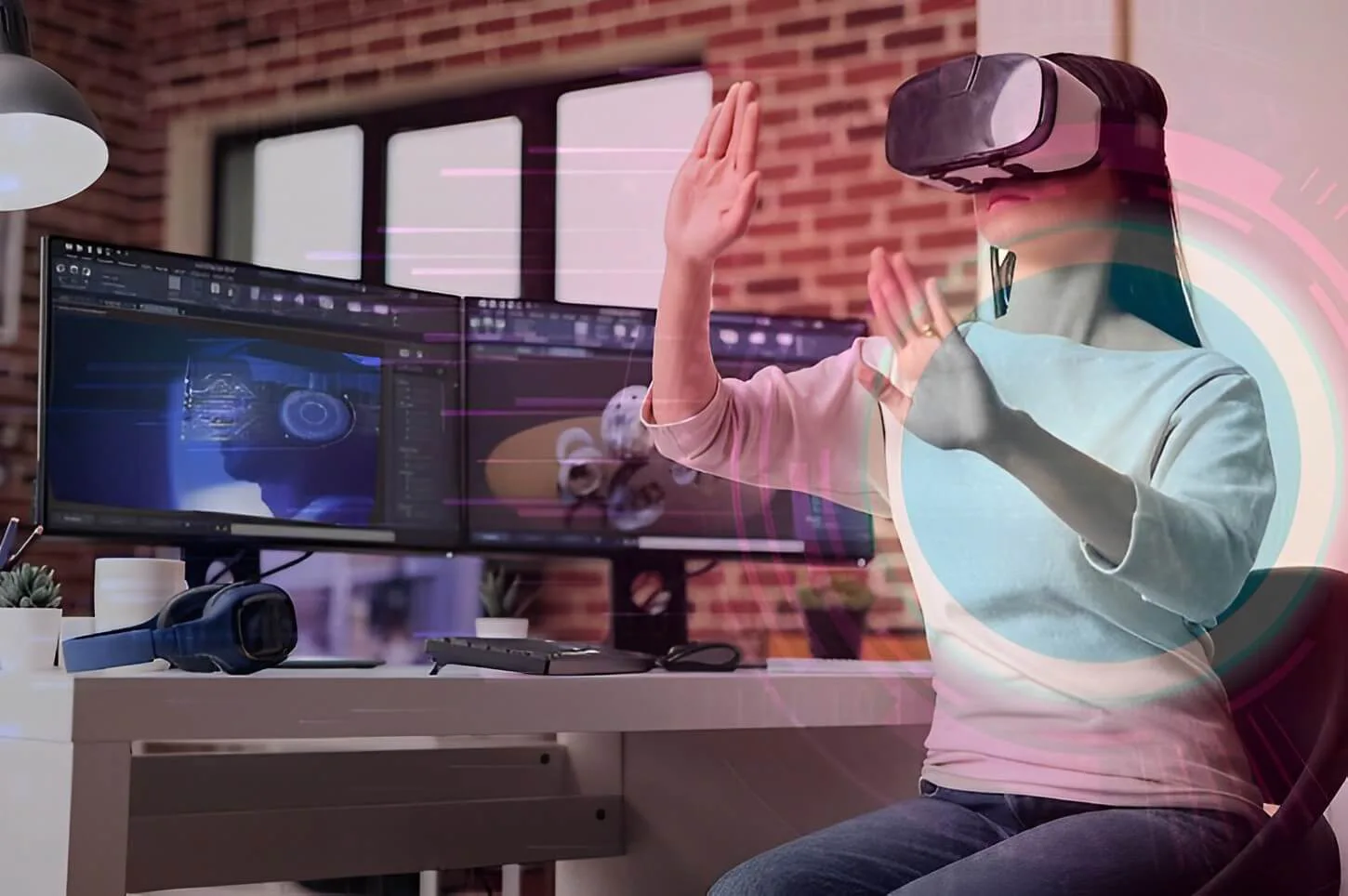
VR’s Impact on Filmmaking Techniques and Storytelling: A Narrative Revolution
The advent of virtual reality (VR) has ushered in a new era of storytelling, fundamentally altering filmmaking techniques and the way narratives are crafted. As VR technology continues to advance, its impact on the film industry becomes increasingly profound, offering innovative ways to engage audiences and redefine traditional storytelling.
The Rise of VR Filmmaking
VR filmmaking is revolutionizing the film industry by introducing an immersive dimension that traditional filmmaking methods can’t replicate. Unlike conventional films, which are confined to a linear perspective, VR allows audiences to explore and interact with the story environment from any angle. This shift from passive observation to active participation represents a significant transformation in narrative experiences.
A New Dimension in Storytelling
The immersive nature of VR brings a new dimension to storytelling, allowing audiences to engage with the narrative on a deeper level. The ability to explore the story world and interact with its elements fosters a more intimate connection between the viewer and the content. This level of engagement can evoke stronger emotional responses and create memorable experiences.
- Enhanced Emotional Impact: By placing viewers directly within the story, VR filmmaking can heighten emotional experiences. The sense of presence and agency can make moments of tension, joy, or sorrow more impactful and memorable.
- Expanded Creative Possibilities: VR opens up new creative possibilities for storytellers. Filmmakers can experiment with non-linear narratives, interactive elements, and unconventional storytelling techniques, pushing the boundaries of what is possible in film.
- Personalized Experiences: The interactivity of VR allows for personalized storytelling. Viewers can make choices that affect the outcome of the narrative, creating a unique experience tailored to their preferences and actions.
Redefining Filmmaking Techniques
The integration of VR into filmmaking is leading to the development of new techniques that enhance the storytelling process. Here’s how VR is reshaping traditional filmmaking techniques:
- 360-Degree Filming: Traditional films are viewed from a fixed viewpoint, but VR filmmaking employs 360-degree cameras to capture the entire environment. This technique allows viewers to look around and immerse themselves in the scene, offering a sense of presence that traditional films lack.
- Interactive Narrative Structures: VR enables interactive storytelling, where viewers can influence the course of the narrative. Unlike linear storylines in conventional films, VR offers branching paths and interactive elements that let audiences make choices, leading to a personalized viewing experience.
- Spatial Audio: In VR, spatial audio plays a crucial role in creating an immersive experience. By utilizing advanced sound design techniques, filmmakers can craft a three-dimensional audio landscape that enhances the realism of the virtual environment, making the narrative more engaging and authentic.
- Virtual Sets and Environments: VR filmmaking allows for the creation of virtual sets that can be manipulated in real-time. This flexibility enables filmmakers to design imaginative and complex environments that would be challenging or impossible to build with traditional set construction.
- Innovative Cinematography: With VR, the principles of cinematography are redefined. Traditional camera angles and movements are adapted to fit the 360-degree space, encouraging filmmakers to think creatively about how to guide the viewer’s attention and enhance the narrative experience.
Challenges and Future Directions
While VR filmmaking offers exciting opportunities, it also presents challenges. The cost of VR equipment and the need for specialized skills can be barriers for some filmmakers. Additionally, creating engaging and coherent VR content requires a deep understanding of both the technology and the art of storytelling.
Despite these challenges, the future of VR filmmaking is bright. As technology continues to advance and become more accessible, we can expect to see further innovations in filmmaking techniques and storytelling methods. The potential for VR to transform the way we experience and engage with narratives is immense, promising a new era of immersive storytelling.
The future of storytelling with Virtual Reality holds tremendous potential for immersive and interactive experiences that push the boundaries of traditional filmmaking. As Virtual Reality in filmmaking continues to develop, it offers new opportunities for creative expression and audience engagement. However, the challenges associated with VR production, including technical complexity, storytelling constraints, audience adaptation, and cost, must be carefully managed to fully realize its potential.
By embracing these challenges and adapting filmmaking techniques to the VR medium, filmmakers can create groundbreaking narratives that captivate and engage audiences in unprecedented ways. The journey into VR filmmaking is just beginning, and the possibilities for innovative storytelling are as limitless as the virtual worlds being created.


